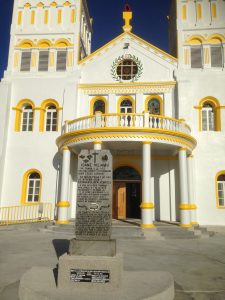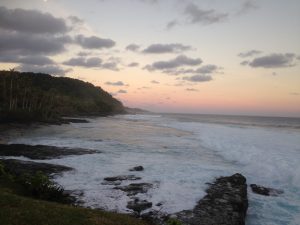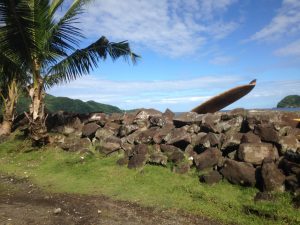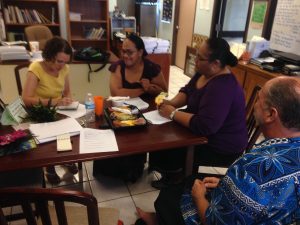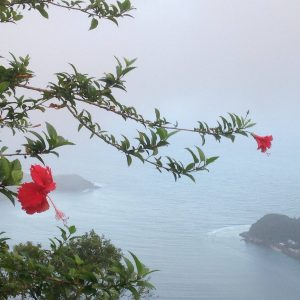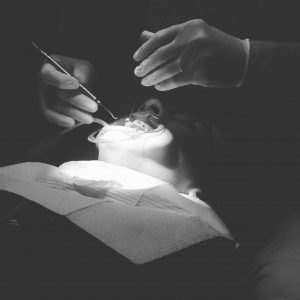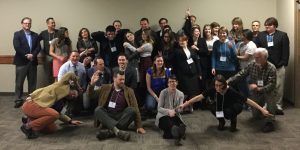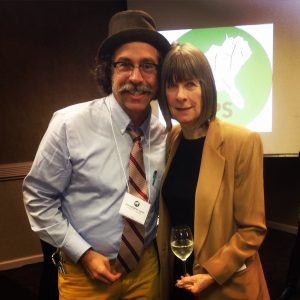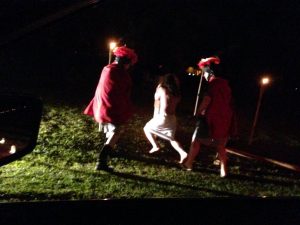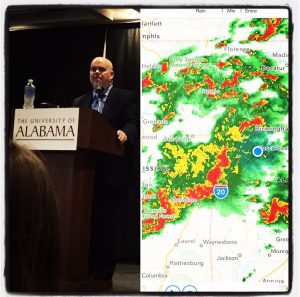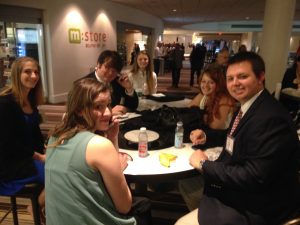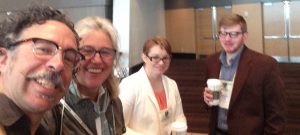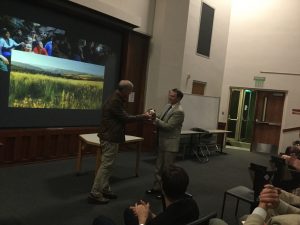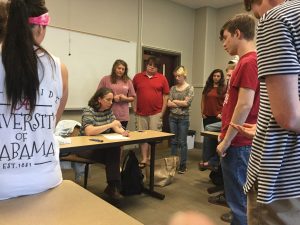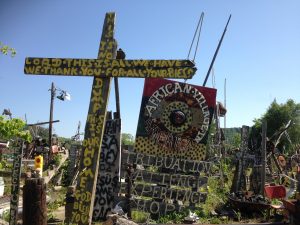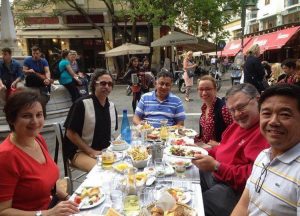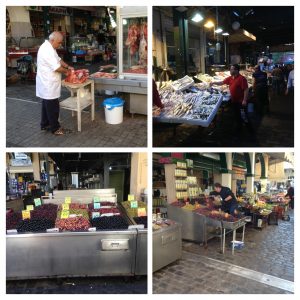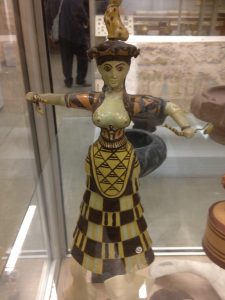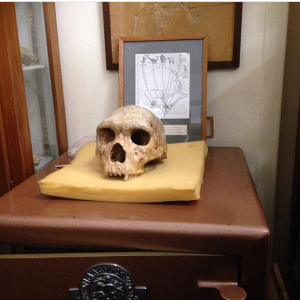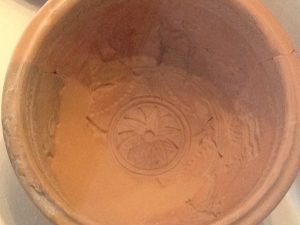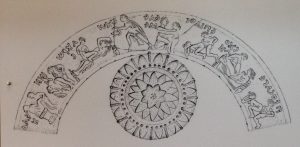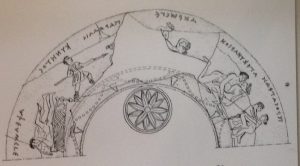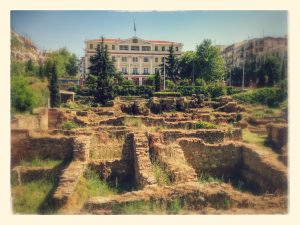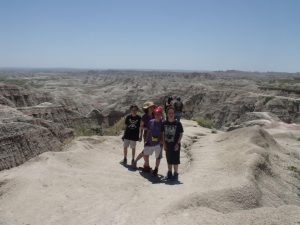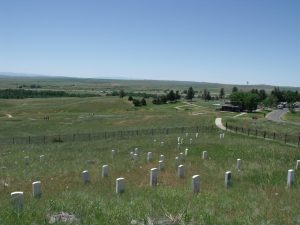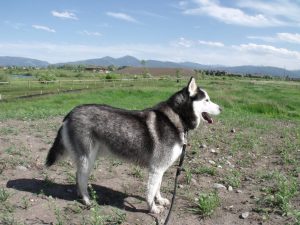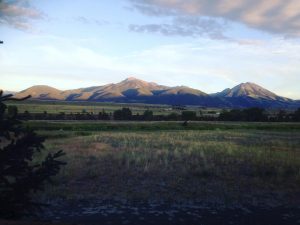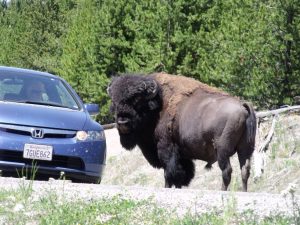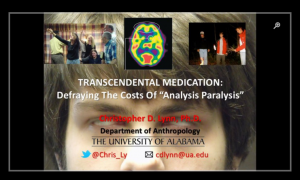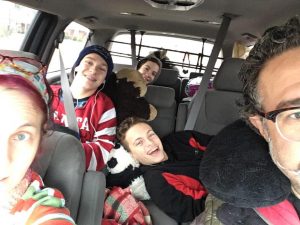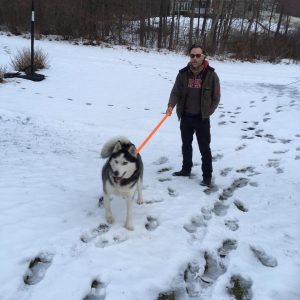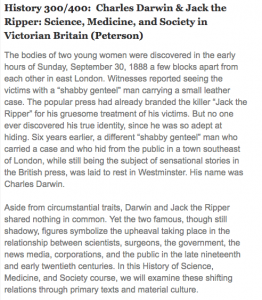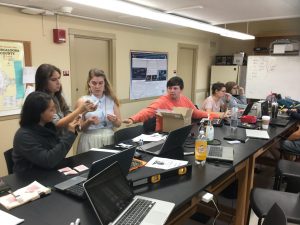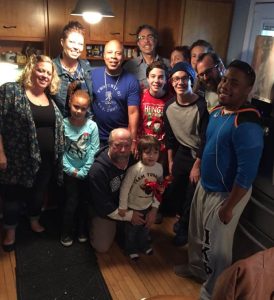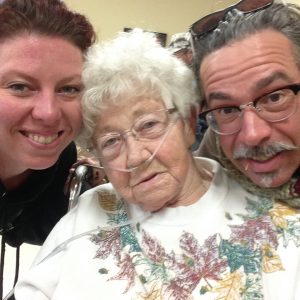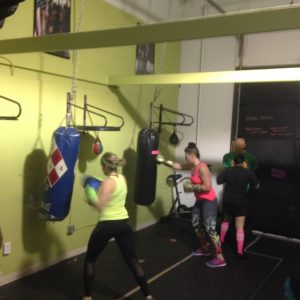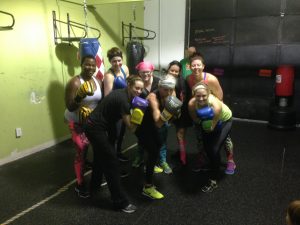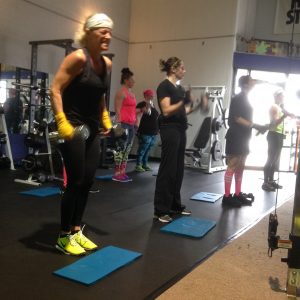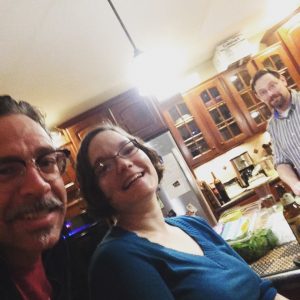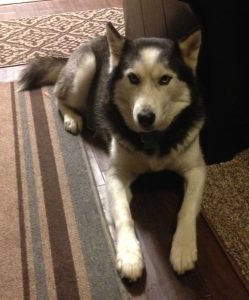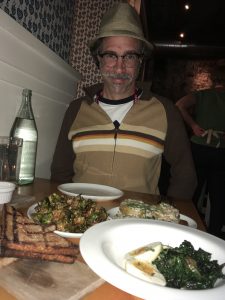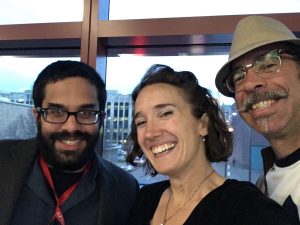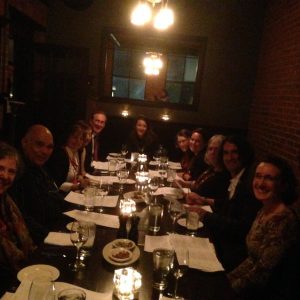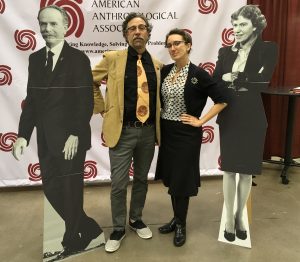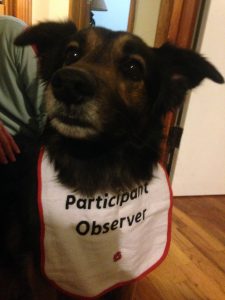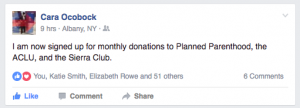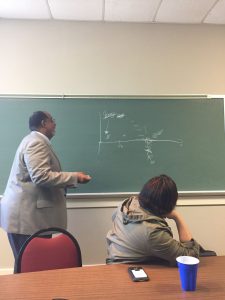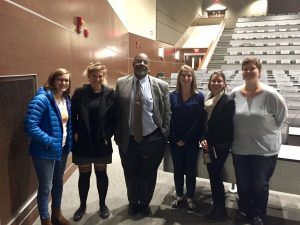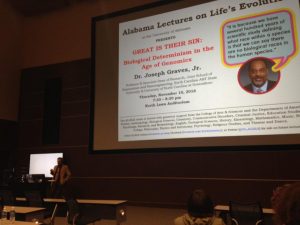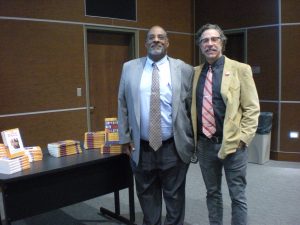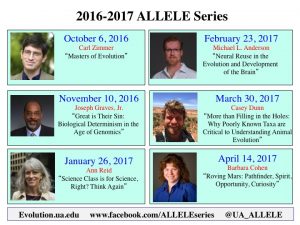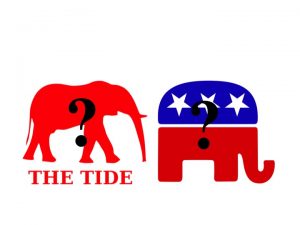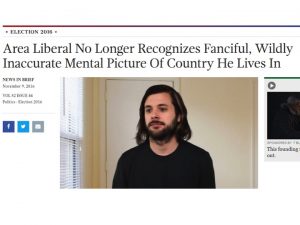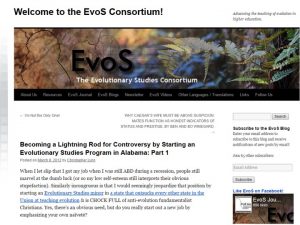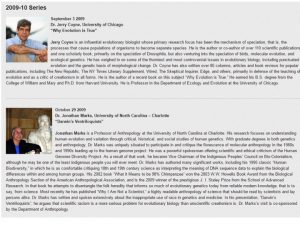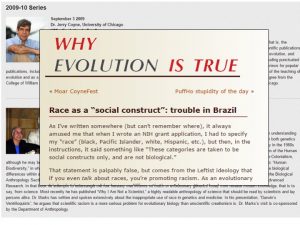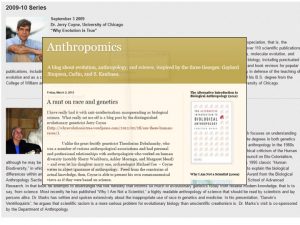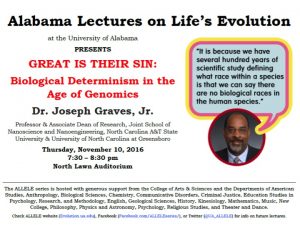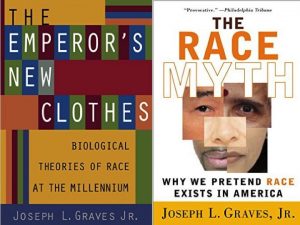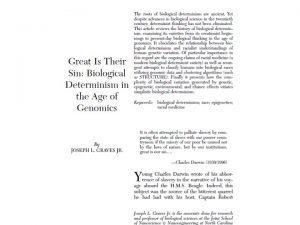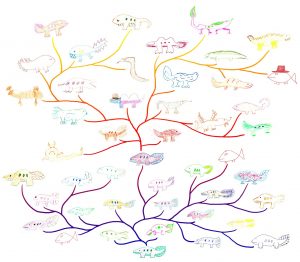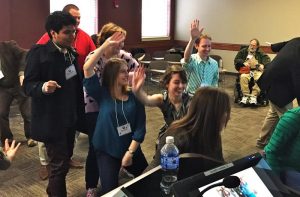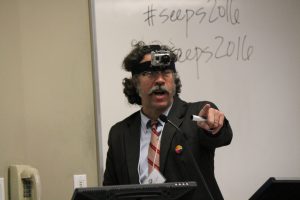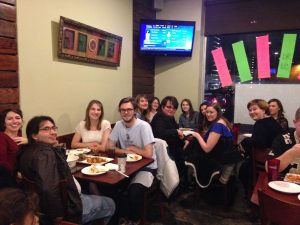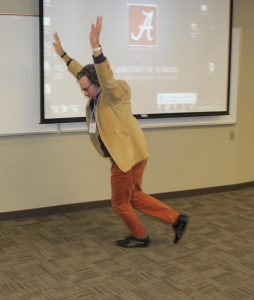Contrary to the sense of things at the end with the triumph of he-who-shall-not-be-named and the demise of so many beloved friends and celebrities, 2016 was actually a banner friggin’ year for some of us personally, as I began addressing in Part 1 of this post.
July
We (me, Amanda Glaze, Bill Evans, Laura Reed) started July by submitting our evolution education book to the publisher.
https://evostudies.org/2016/09/evolution-education-in-the-american-south/
American Samoa
Then I joined Michaela Howells in American Samoa to conduct research on Zika and prenatal care access and utilization. I wrote about parts of it in recent blog posts for Anthropology News and a longer version on the Bama Anthro Blog Network. American Samoa is gorgeous and fascinating, and I took many many photos, scenic in some cases and interesting only to us in others. I posted some of the more generally notable ones in a Flickr album here and shared a few highlight below.
Michaela lived in American Samoa for 2 years while collecting data for her dissertation and knows Tutuila well. We were casing the western extreme for villages to potentially include in future research, and she was showing me the sights, including the oldest church in American Samoa, located in Leone.
On the way back, we stopped in Taputima, where she first lived during her two years there, to watch the sunset.
Another weekend, we went toward the eastern end.
We spent the weekdays collecting data in the Department of Health and worked closely with anthropologist David Herdrich, Director of the American Samoa Historic Preservation Office, but on the weekends we made the most of being in the South Pacific.
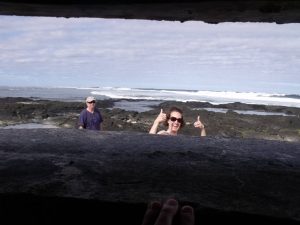
Michaela Howells and David Herdrich, viewed from inside a pillbox next to Pago Pago International Airport.
We went with David to snorkel the coral next to Pago Pago International Airport.
And hiked up Mount Alava in the mist (and walked back in the dark).
August
August is a celebration of Lynn. My birthday is August 6th (I would like an Apple watch), my boys are the 8th, and my wife Loretta is the 19th. I “surprised” my wife Loretta with a gathering at Grace Aberdean Habitat Alchemy. I actually had to tell her about it for logistic reasons, but then she pretended she didn’t know to preserve the experience.

Loretta in her new cowboy boots at her “surprise” birthday gathering at Grace Aberdean Habitat Alchemy, August 2016.
In the meantime, I was pounding out grant proposals. This is tenure. I work even harder. Go figure.
Submitted TWO NSF proposals today (one w/ Michaela Howells–yes, we rock), got Gdog microchipped, & now off to get my broken replacement for a broken phone replaced. Whew! #fullfreakingday
Posted by Christopher Dana Lynn on Monday, August 15, 2016
No luck with the Greece proposal, but we are still awaiting word on the Samoa project. Fingers crossed!
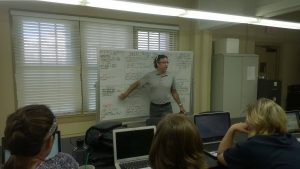
HBERG was amazing this semester. We had more students than ever before & we super productive. In August, Greg Batchelder visited from the field. (Photo by Greg Batchelder)
HBERG was great this past fall. I had more students than ever before, including grad students Max Stein, Nick Roy, Monika Wanis, Greg Batchelder, Ashley Stewart, Juliann Friel, and Diana Simpson. I’m really thankful for the assistance they all provide to keep everything running smoothly and make us all look good. Max, Nick, and Monika ran things in HBERG, Greg provided inspiration and visited from Costa Rica, Ashley ran the “Anthropology is Elemental” service-learning course and outreach, and Juliann and Diana did a great job TAing “Introduction to Biological Anthropology” for me.
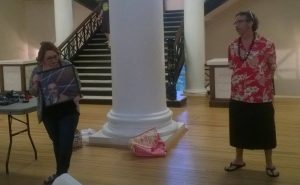
I emceed the annual Anthropology Department potlatch wearing my ie fataga & an Alabama Hawaiian shirt. Juliann Friel gifted my new grad student Nick Roy a framed photo of me to stare awkwardly at him throughout the year. Photo by Loretta Lynn.
I emceed the annual Anthropology Department potlatch for the second time. I was really excited to get a chance to wear my ie fataga and kukui beads from Samoa and to score an Alabama Hawaiian shirt from my friend Shelly Rosenzweig (I swear I plan to bring it back to you, Shelly. It’s hanging in my dining room waiting to be returned, but I like it so much, I keep “forgetting”). My 2nd year master’s student Juliann Friel introduced a ritual item for my students to circulate by giving Nick Roy a framed photo of me to stare at him all year. We’ll see if it makes it to next year or if Nick breaks and burns it in effigy!
September
In September, Michaela came to UA and gave a guest lecture for my primatology class, an Extemporaneous Talk for the UA Department of Anthropology.
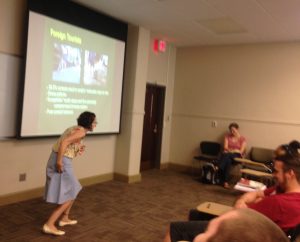
Michaela tells my class the classic story of a macaque biting her in the ass, whereupon her asswound had to be appraised by Agustin Fuentes & future husband James Loudon.
Then we drove to Atlanta to meet with some colleagues at Emory and the CDC to consult on our Samoa research.
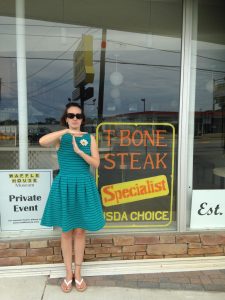
We stopped to hamsteak it up outside the Waffle House Museum in Atlanta. Yes, a Waffle House Museum. No, I don’t know why.
October
In October, Katie Smith, who is another member of our virtual writing group, came up from Southern Miss to give a guest lecture for my primatology class on zoo primatology.
Careful dichotomizing zoos/natural. Wherever u're born & raised=natural. I'm from TX, so dry rubbed BBQ is natural @FeedingPrimates #ant312 pic.twitter.com/xLSDcx1P9B
— Christopher Lynn (@Chris_Ly) October 11, 2016
MABIG
I went to the Mid-Atlantic Bioanthropology Interest Group (MABIG) in Richmond, VA for the first time this year. It’s run by my new good friend Amy Rector, who I met via Michaela at SEEPS. As with any good conference, I walked away working on a new collaboration. Amy and I are working on a paper with Mandy Guitar about the benefits and approach to hosting conferences about evolution.

Amy Rector (blurred because of her frenetic energy) with her students (standing) and Michaela Howells at MABIG 2016, Virginia Commonwealth University, Richmond, VA, October 2016.
I’d started taking the free ballroom dance lessons through the Crimson Tide Ballroom Dancers in Tuscaloosa, so, while we were in Richmond, Michaela introduced me to swing dancing after MABIG by taking me to Jammin’ on the James. Below is a video segment clip of a “Jick and Jall” competition (“Jack and Jill” but gender blended) that took place while we were there. You can see us sitting off to the side on the right watching. I loved it so much, I promptly came back in time for the CTBD swing lesson then practiced my triple-step so much I ended up with extensor tendonitis. I’m still trying to heal up.
The next week, I took my biological anthropology and primatology students on our regular field trip to Birmingham Zoo.

Students from “Introduction to Biological Anthropology” and “Non-Human Primates” in front of the gibbon enclosure at Birmingham Zoo, October 2016.
This field trip is usually a highlight of the classes. Students have often not been to a zoo since they were a little kids and never had the opportunity to appreciate it with the perspective of someone educated about what they seeing.
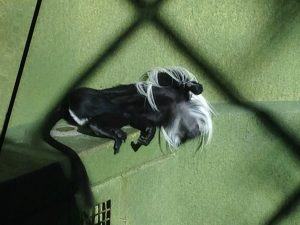
This langur reminded me of something…I couldnt quite put my finger on it…
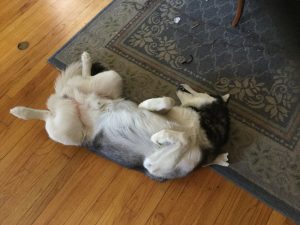
Oh, right.
My favorite holiday is also in October. I wish Halloween had a longer season, like Christmas. I love decorating the house. Halloween decorations should not be purchased. We go totally Southern gothic with whatever junk we find in the garage.

Our front porch for Halloween, October 2016.
And good costumes take time. But, in all fairness, we were pretty busy. The weekend before Bailey performed as part of the 2016 Honors String Festival for the Alabama String Teachers Association. We took him to Birmingham for three days to work with a guest conductor, learn several pieces, then perform on Sunday. I really enjoyed driving him up there with the other kids, seeing them apply these amazing skills they’ve developed, and do this elaborate, sophisticated, culture thing. I am so proud.
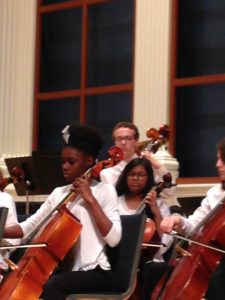
Bailey playing standup bass at the 2016 ASTA Honors Strings Festival in Birmingham, AL.
This year Halloween was a bit of bummer because we didn’t have time to get our costumes together until the last minute and just winged stuff at the costume store for the most part. I pulled mine together from my closet in 15 minutes. It turned out okay since we didn’t have any parties to go to, but any occasion to wear a costume is one to be savored.

Halloween 2016: me, Lor, Jagger, Bailey, Lux, and friends Gus and Ry.
November
As stated in Part 1, 2016 was a banner year for HBERG, and in November the special issue of Annals of Anthropological Practice with two articles we co-authored about our research model and outreach were published.
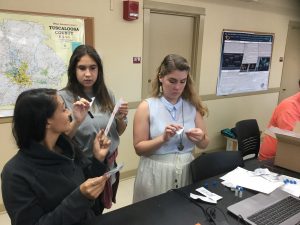
HBERGers Monika Wanis, Isabella Rivera, and Ciarra Van Wagenen collecting saliva samples for our BREST study.
For the past year, we’ve been trying to get our Belongingness and Religious Ecology Study Tuscaloosa (BREST) off the ground. The hold-up has been time to follow through with the bureaucracy. I’ll save the details for another blog post, but it’s a study I’m really excited about and moves our research in a seriously groundbreaking direction. At least I think so. And I love cool research that breaks ground and gets us lots of press. I am a media whore. No denying it.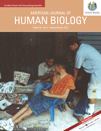
Speaking of which, I was super-stoked that the print version of the American Journal of Human Biology with our article from March came out because they put a photo of mine on the cover!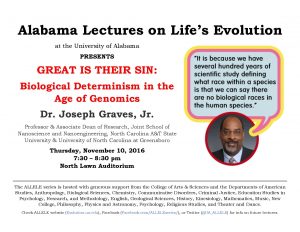
Then, of course, shit got real. Shortly after the election, I hosted an ALLELE lecture by Joe Graves and blogged the intro I composed for it.
https://evostudies.org/2016/11/a-world-famous-african-american-scientist-puts-the-presidential-election-in-perspective-i-am-not-surprised-at-all/
And then I blogged again a little more about his visit.
https://evostudies.org/2016/11/huge-service-to-the-university-and-the-community-more-generally/
Later in the month, I escaped reality to be with thousands of other knee-jerk liberal anthropologists at the American Anthropological Association annual conference and commune about our collective despair. I blogged about the value of professional social networking at conferences.
https://evostudies.org/2016/12/building-professional-social-networks-through-the-american-anthropological-association-annual-meeting/
Right after the AAA conference was Thanksgiving, when we go to Indiana to see my family. I blogged about putting in a concerted effort to be more social and, thus, a happier person.
https://evostudies.org/2016/12/holiday-socializing-practicing-a-biological-imperative/
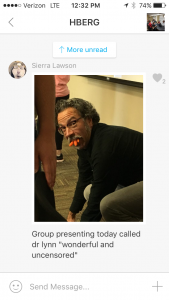
Students in “Non-Human Primates” must come up with activities to help us remember their lessons, and I like to set a good example and participate. This one was about gorillas, knuckle-walking, and, apparently, carrying carrots in my mouth. (Photo by Sierra Lawson)
During the last week of class, students in my primatology class did their last “Primate Biographies” on gorillas. It was really excellent, and I always like to set a good example by being the first to participate and loosen everyone up. Here I am knuckle-walking and carrying food to my friends.
December
In December, classes ended, and my sabbatical officially started. That doesn’t mean I stopped working, just no more teaching until next fall. Indeed, I submitted a grant proposal as soon as I finished grading, then finished the spring 2016 Anthropology Department newsletter, then finished the 2015-16 Department assessment (these latter two I was a little late on). Then I blogged about my sabbatical plans.
https://evostudies.org/2016/12/sabbatical-is-here/
I started one more blog post for the end of the year but didn’t get very far. I realize I sometimes think in blog posts. As I Christmas shopped for my family, I took photos of things I wanted to blog about and was composing in my mind. Needless to say, that’s as far as it got. So I will suffice with a few parting photos for the year.

Inspired by Cara Ocobock, I made this awesome Yule log cake. (Photo by Donna Eis)
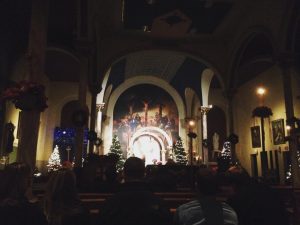
I went to Midnight Mass at Mount Carmel with Uncle Ernie, 12/25/16.
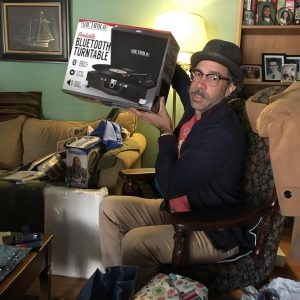
As Jessica Muzzo points out, this is the most hipster score for Christmas. So psyched to play with it! (Photo by Loretta Lynn)
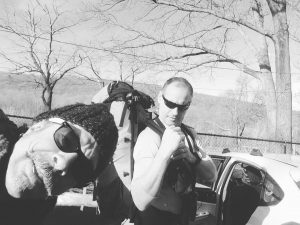
Mark Eis & I went on our annual winter hike. This year to Illinois Mountain in Highland, NY.

We went on our annual ice skating excursion at the Mid-Hudson Civic Center on New Year’s Eve. (Photo by Loretta Lynn)
And then, of course, the Tide rolled over another team to put themselves in the championship game.
As the owner of a husky (sorry Gallifrey), i dont take today's necessary beat down by @Bama lightly pic.twitter.com/rpIqK4VyGd
— Christopher Lynn (@Chris_Ly) December 31, 2016
It was a wonderful year in which only one (really really) bad thing happened. It does seem to have wiped out many good things, but I refuse to give it that much power. Consistent with that, I anticipate 2017 to be fucking amazing.
See you on the other side (of the year)!

